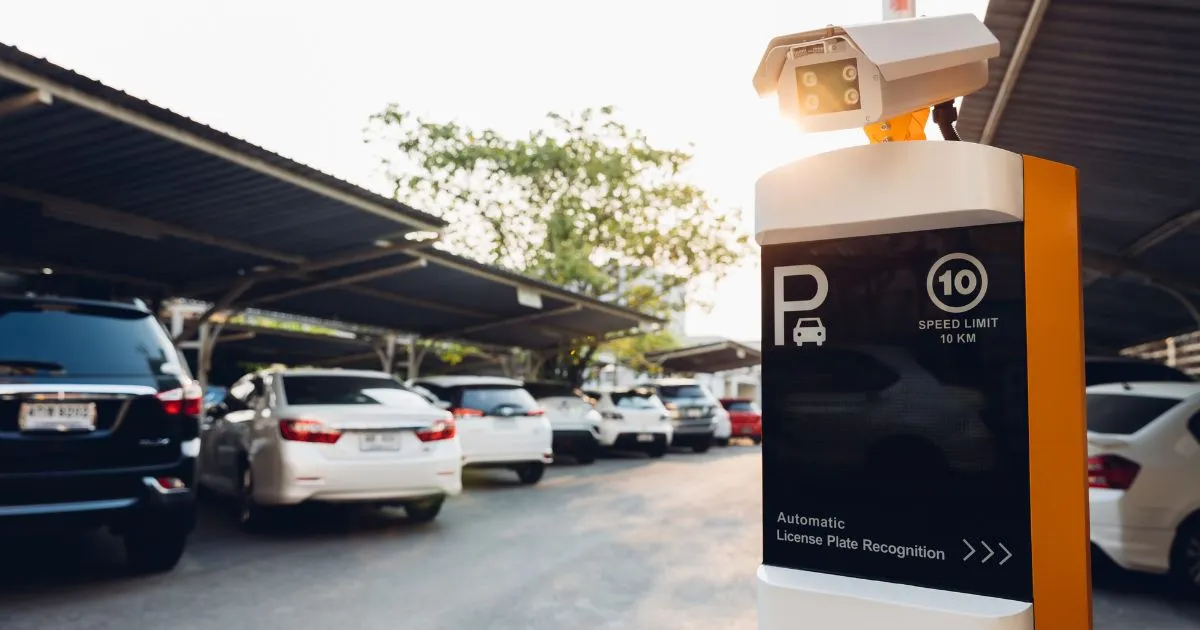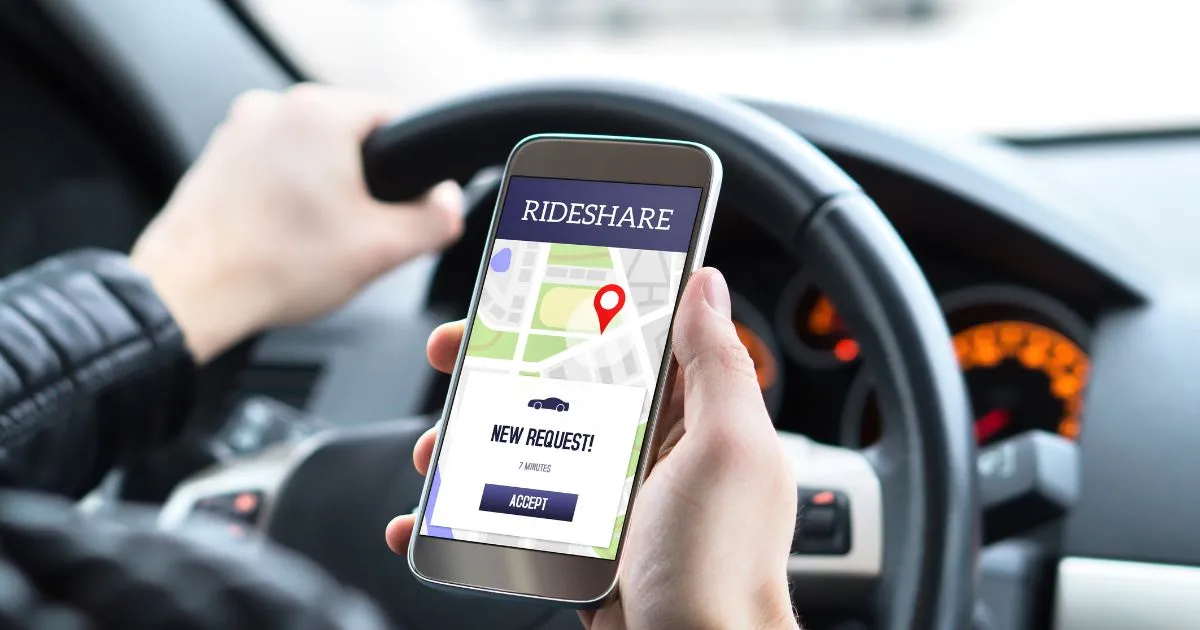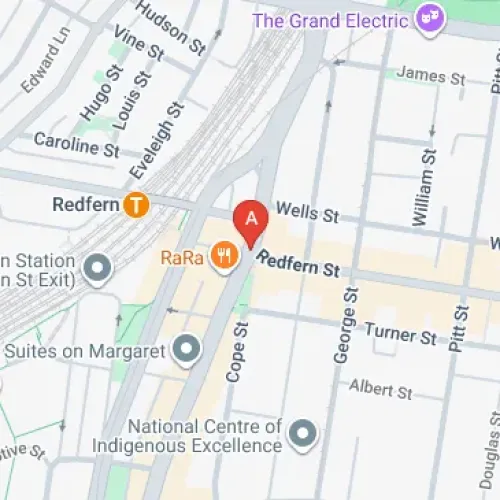Why Some Cities Are Implementing Dynamic Pricing for Parking Spaces

In the ever-evolving landscape of urban mobility, cities across Australia and the world are turning to innovative solutions to address the age-old challenge of parking. One such solution gaining traction is dynamic pricing for parking spaces and car parks. This approach, which adjusts parking rates based on real-time demand, is revolutionising how we think about and manage urban parking. For drivers, city planners, and businesses alike, understanding this trend is crucial as it reshapes the urban parking experience. Let's delve into why cities are embracing this smart parking strategy and what it means for the future of our urban centres.
What is Dynamic Parking Pricing?
Dynamic parking pricing is a sophisticated approach to managing parking lots and parking garages that adjusts the cost of parking based on current demand. Unlike traditional fixed-rate systems, dynamic pricing uses real-time data to set parking rates that fluctuate throughout the day. This concept isn't entirely new; its roots can be traced back to the early 2000s when cities began experimenting with demand-responsive pricing models. However, recent advancements in technology, particularly in data analytics and IoT sensors, have made dynamic pricing more feasible and effective than ever before.
As Daniel Battaglia, author of Parking Made Easy: Making Life Easier, aptly states, "Parking is perhaps the area of driving that people worry about the most. Driving down an open road, even new drivers feel like that have it all under control, but when it's time to park, the nerves kick in." Dynamic pricing aims to alleviate this stress by optimising parking availability and efficiency.

How Dynamic Parking Pricing Works
The implementation of dynamic parking pricing relies on a sophisticated interplay of technology and data analysis. Here's how it typically works:
For example, during peak hours when demand is high, prices may increase to encourage shorter parking durations and higher turnover. Conversely, during off-peak times, prices may decrease to attract more parkers and increase utilisation of available spaces.
According to Thoughtworks, "The more dynamic and real-time the price is the more there is increased revenue potential." This highlights the importance of real-time adjustments in dynamic pricing strategies, such as those used in parking, to maximize revenue by closely matching demand and supply conditions.
Implementing the latest technologies in parking management is crucial for the success of dynamic pricing systems. These technologies ensure accurate data collection and seamless price adjustments, creating a more efficient parking ecosystem.
Benefits of Dynamic Parking Pricing
The adoption of dynamic pricing in parking management offers numerous advantages for cities, drivers, and businesses:
A recent study on dynamic usage allocation and pricing for curb space operation found that dynamic pricing can significantly improve the efficiency of curb space usage, benefiting both cities and users.

Challenges and Limitations
While dynamic parking pricing offers many benefits, it's not without its challenges:
Addressing these challenges requires careful planning, clear communication with the public, and ongoing system maintenance and improvement. Improving customer experience in parking garages is crucial when implementing dynamic pricing to ensure user satisfaction and acceptance.
Real-World Examples and Case Studies
Several cities have successfully implemented dynamic parking pricing, providing valuable insights into its effectiveness:

Future Trends and Alternatives
As cities continue to evolve, so too will parking management strategies. While dynamic pricing is gaining traction, other innovative approaches are also being explored:
The role of AI in managing peer-to-peer parking transactions is also expected to play a significant role in the future of parking management, potentially offering alternatives or enhancements to dynamic pricing models.
Conclusion: Embracing Smart Parking Solutions
Dynamic parking pricing represents a significant step forward in urban parking management. By leveraging technology to balance supply and demand, cities can create more efficient, user-friendly parking systems that benefit drivers, businesses, and the environment. While challenges exist, the potential benefits of reduced congestion, improved parking availability, and optimised revenue make dynamic pricing an attractive option for many urban centres.
As we look to the future, it's clear that smart parking solutions will play a crucial role in shaping our cities. Whether you're a driver, a city planner, or a business owner, staying informed about these developments is key to navigating the changing urban landscape.
We encourage you to share your thoughts and experiences with dynamic parking pricing. Have you encountered it in your city? How has it affected your parking experience? Join the conversation and help shape the future of urban parking. Sign up for our newsletter to stay updated on the latest trends and innovations in parking management.
**Daniel Battaglia, Parking Made Easy:** As part of the Parking Made Easy team with the assistance of Generative AI, Daniel Battaglia offers his experience in the car parking industry. He is dedicated to providing valuable information and resources to help you make smart parking choices and has been widely quoted in national media outlets. Connect with Daniel directly at daniel@parkingmadeeasy.com.au for further assistance.


